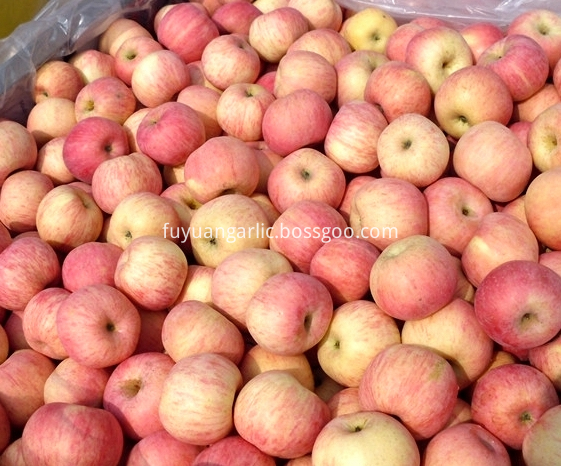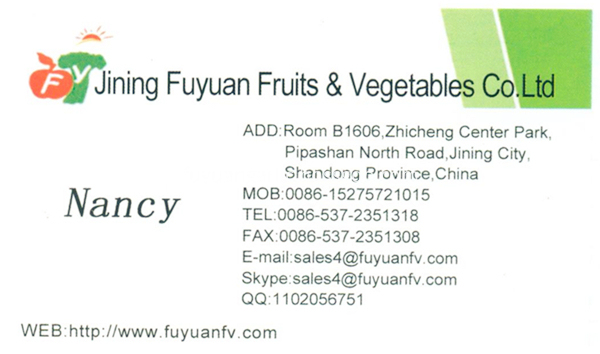Peas are vegetables that people like to eat, not only nutritious, but also their shoots, tender pods, and grains can be eaten. In the past, only fresh granules were eaten in the spring. After years of research, we now have green pea pods available for sale in the four seasons of spring, summer, autumn and winter, satisfying people, especially the residents of large and medium-sized cities. High-grade requirements. The majority of vegetable farmers have also obtained considerable economic benefits. Generally, they produce 400--1200 kg of green pea pods per 667 square meters per season, and the output value is between 1,000 and 2,000 yuan. First, the selection of good varieties of peas is a cool long-day crop, in order to plant all seasons have to filter out the slow response to light, cold and heat resistant, early maturing, strong resistance varieties. After years of experiments, Zhongya 4 and Zhongya 6 have been screened out from 8 varieties, such as Peony Series, Pearl Green, White Pea, etc. These two varieties showed insensitivity to light, short growing period, and flexible seeding period. , High yield, excellent quality advantages. With the application of cultivation facilities such as plastic film greenhouses, greenhouses, and shade nets, it is possible to successfully achieve four seasons cultivation of peas. Second, the appropriate timing of planting due to peas can be planted four seasons, vegetable farmers can be based on the mouth, season and other flexible sowing date, but also according to the time of soybean meal market to determine the appropriate sowing date. According to our large number of experimental demonstrations and production practices, the relationship between the sowing date, harvest time, and yield in the lower reaches of the Yangtze River is shown in Table 1. Table 1 Seeding period, harvest time and yield of peas in the lower reaches of the Yangtze River Arrangement for sowing Date Yield of harvested green pods (kg/667 m 2 ) Autumn shade netting cultivation in early August - August at the end of October 1 In late August-mid-September mid-October 500--600 Winter film greenhouse cultivation October - New Year's Day in February the following year 800 Winter open field cultivation in November - the following year on or after May 1st 800--1000 (high yield Field 1200 kg or more) Spring open field cultivation February - April mid-May 400--800 Summer open field cultivation Early May - May end Late June 400 Summer shade net Shed cultivation Mid-May - Mid-June Mid-July 400 III. Proper and close planting Zhong pea Nos. 4 and 6 are dwarf cultivars with a plant height of 40--50 cm and suitable for close planting. Spring, summer and autumn broadcast distance is 35cm, hole distance is 10cm, 3 holes per hole, and 667 square meters are about 10kg. Winter sowing distance 40cm, hole 15cm, 3 per hole, 667 square meters with a seed amount of about 7kg. Fourth, scientific fertilizer management choose better soil fertility, drainage and irrigation facilities, adequate light field cultivation. 667 square meters of nitrogen, phosphorus, potassium three-element compound fertilizer 30--40kg as base fertilizer, and apply a certain amount of organic fertilizer. During the flowering stage, 667 square meters of urea 10kg or human and animal manure 1000kg are used to promote the growth of pods. At the late stage of growth, roots can also be fertilized with a mixture of 0.5% urea and 0.2% potassium dihydrogen phosphate. Watering in time when drought occurs, especially during flowering and podling, the plants are particularly sensitive to moisture. In addition, the peas cultivated in summer must pay attention to the timely supply of water, so that it can meet the water demand of plant growth and development, but also can effectively reduce the surface temperature and promote its normal growth. Fifth, timely application of protection facilities Antifreeze measures pea No. 4 and No. 6 have strong antifreeze ability at seedling stage, but their ability of antifreeze has declined sharply after flowering, and pods need to have a certain temperature during the long grain enrichment stage. Therefore, peas grown in greenhouses must be timely capped. Good plastic film, do a good job of cold insulation, in the short-term before the advent of strong cold, should be temporary assault covered with cold materials, so that the young green beans from frost damage. 2. Shade cooling measures in summer cultivation due to high temperatures, fast growth, short growth period, and small and small pods, therefore, timely shade nets, effectively reduce direct sunlight, can reduce temperature and ground temperature, increase soil moisture, promote individual plants Growth, increase production. Six, see Miao Qiao using chemical control technology in the pea series peas grow to 7--8 section (with 7 pinnate compound leaves) when the flowering, enter the vegetative growth and reproductive growth and progress, such as vegetative growth Over-exposure is easy to fall down, especially in thin-film greenhouses, peas cultivated more prone to length, only vines do not grow scars. Therefore, in the case of 7-8 composite leaves, peas should be properly controlled in the greenhouse to control the fertilizer and water, reduce the temperature of the greenhouse in order to facilitate the conversion from vegetative growth to reproductive growth, and ensure the rational distribution of photosynthetic products between vegetative growth and reproductive growth. Flowering scars. Peanut peas, with 15% paclobutrazol 1∶1000 times spray control in time. VII. Timing harvest Due to the different growing seasons and cultivation methods, the number of days after flowering to harvesting of green pea pods differs greatly. In summer cultivation, due to high temperatures, pods grow rapidly, and flowering to harvesting is only 20 days. In winter cultivation, It takes more than 30 days from flowering to harvesting. Therefore, according to the use of soybean meal, we must have a good grasp of the harvest date. The pods, which are mainly eaten with green beans, have been fully bulging. The beans have reached 70% full, and the pods are harvested when they begin to turn color.
Fuji apples are mainly place of origin is in Yantai Shandong province and it`s also can be planted in Gansu province and Shanxi province. Fuji apple with the smooth skin and good color,full juice,taste sweet and crisp. The new harvest season of Fuji apple from September to October.Cold storage season is October to June of next year. The Fuji apple are mainly exported to Southeast Asia,Middle East,European,Russia and North America. The package of apple are including inner packing and outer packing.Inner packing:paper tray,apple net,fresh bag or sleeve. Outer packing are 3kg ctn,4kg ctn,9kg ct,10kg ctn,16kg ctn,18kg ctn or 20kg ctn or according to customer`s requirements.all size has different grade as per your require. when packing all size as per natural proportion,all size has full blush and striped red,and the price of Fresh Fuji Apple are the best and competitive in the whole market.Our price for Red Fuji Apple is sure to make you satisfied.
|
Type: Fuji apple
|
Style: Fresh sweet
|
|
Size:80#/88#/100#/113#/125#/138#/150#
|
Grade: A
|
|
Package: inner packing+ outer carton
|
Storage valid: six month
|
|
Place of origin: Yantai city,Shandong province
|
Color: full blush
|
|
Harvest time:October
|
Supplying time:October to May next year
|
|
Taste: sweet and juicy,crisp
|
Crop: 2017 year
|

If you need about it,please feel free to contact me,which is contact information as below.

Fresh Fuji Apple
Fresh Fuji Apple,Sweet Apple,Fresh Apples,Fuji Fresh Apple
Jining Fuyuan Fruits And Vegetables Co., Ltd. , http://www.fuyuanfv.com


